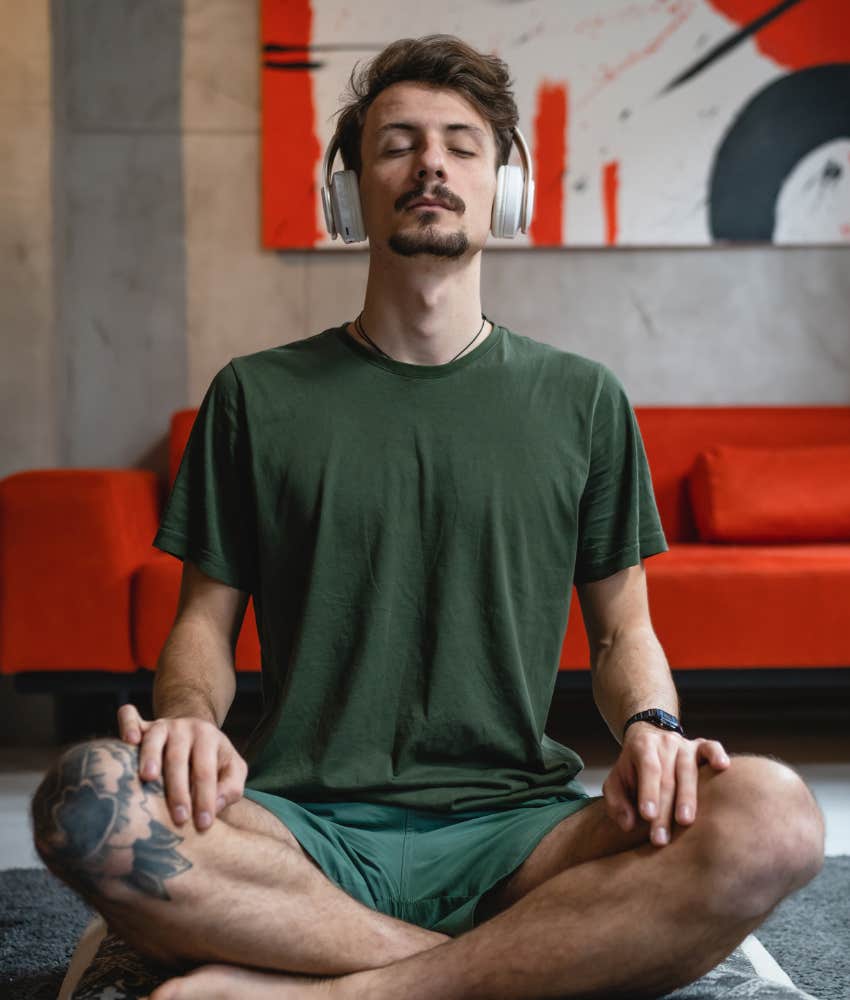Ever wonder if you can trick your brain into success just by imagining it? Sounds like something straight out of a sci-fi flick, right? But here’s the kicker—long before neuroplasticity became the brainy buzzword, people have been “practicing” success through visualization, and science has given this little mental magic trick a big thumbs up. From basketball free throws to healing heartbreaks, visualization isn’t just airy-fairy daydreaming; it’s a powerhouse tool that can shift your reality. Speaking of stars aligning, isn’t it fitting that with today’s cosmic vibes nudging us toward fresh beginnings, our minds are primed to paint the future we really want? So, gear up to dive into how imagining your triumph isn’t just wishful thinking—it’s your secret weapon. LEARN MORE.
Our minds are powerful tools that can change us profoundly. Before we even understood the subtle science of neuroplasticity, we knew this fact: humans can use their imaginations to “practice” being successful. This happens is through visualization, a practice that requires very little education but has been proven to work.
Researchers have been studying the power of visualization techniques since at least the 1960s. Study after study has since confirmed that various forms of mental imagery work to help people achieve their goals.
Advertisement
In 1997, a study published in the Journal of Human Movement Studies followed highly skilled basketball players to see how visualization practices increased their free throw averages. They controlled the participants to be equal across measures of age, gender, experience, practice time and motivation. The outcome showed that those using visualization techniques increased their chances of hitting freethrows.
Mental imagery techniques are not just for athletes. Visualizing recovery can also help people heal from heartbreak and gain confidence.
Advertisement
![]() Tennis icon Billie Jean King, photo by Leonard Zhukovsky via Shutterstock
Tennis icon Billie Jean King, photo by Leonard Zhukovsky via Shutterstock
Tennis icon Billie Jean King shared how visualization helped her become one of the most decorated female professional athletes in the 1970s, confirming that it always gave her a compeitive edge.
Russian Olympic teams have reportedly been utilizing visualization since at least the early 1980s, and now almost all other Olympic teams utilize mental imagery techniques. It’s reported that the US Olympic team brought nine sports psychologists to the Sochi Olympics to support visualization and other mental coaching efforts!
Advertisement
I could go on and on citing studies that prove how well visualization works, but I think you get the gist! Now you need to know how to do it.
 Miljan Zivkovic via Shutterstock
Miljan Zivkovic via Shutterstock
The free throwers didn’t just see the ball swishing through the net. They mentally walked themselves through practice, the steps of their feet, the flick of the wrist, and finally, the ball falling through the net.
Advertisement
You can use this technique to imagine yourself stepping up to a podium to give a speech, approach your boss to ask for a raise, or even to visualize yourself going to the fridge and choosing a bowl of strawberries to satisfy your afternoon sweet tooth.
For example, if you want to increase your health outcomes by eating more fiber, close your eyes and mentally feel the textures, tastes, and goodness of the fruits, veggies and whole grains in the foods that can help you achieve that goal. Imagine chewing and swallowing and then smiling at how delicious they are.
Congratulate yourself on your good choices.
Advertisement
You can also visualize how confident you can feel while talking in front of a group at work and how relaxed you’ll feel as soon as you are done delivering your report. In relationships, you can visualize yourself setting healthy boundaries and standing by them proudly with someone who tends to push your buttons. Visualize the confidence you gain from standing up for yourself!
If you see it from a distance, in the third person, it won’t be as effective. Let’s get a bit more specific. Perhaps you want to start feeling healthier. Try using these tools as part of your visualization practice:
So, now, add visualization to each of these items. Try: “It’s another beautiful morning! I am looking forward to being healthy today…..”
Advertisement
And then imagine yourself enjoying the healthy food you’ve planned. Visualize the taste of the salad, the crunch of the carrots, and the cleansing water you will drink. Then, go do the things you’ve visualized. Sometimes, it helps you to visualize your thinner self if you have a picture of yourself at a healthier weight.
Then, congratulate yourself!
Visualization builds happiness in many ways: you have more control, are more likely to accomplish your goals and desires, and are training your brain to focus. Don’t be discouraged if this is hard at first. It takes a bit of practice. You can do it! You can even visualize yourself visualizing, if that feels fun and hopeful.
Advertisement
Sally Evans a Licensed Professional Counselor and have practiced psychotherapy for twenty years, focusing on anxiety management, relieving depression and women’s transitions.
Auto Amazon Links: No products found.

This will close in 0 seconds
This will close in 0 seconds